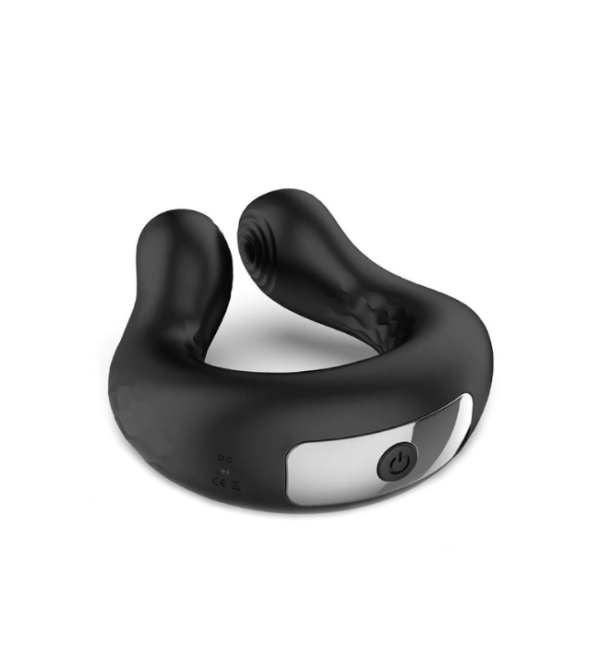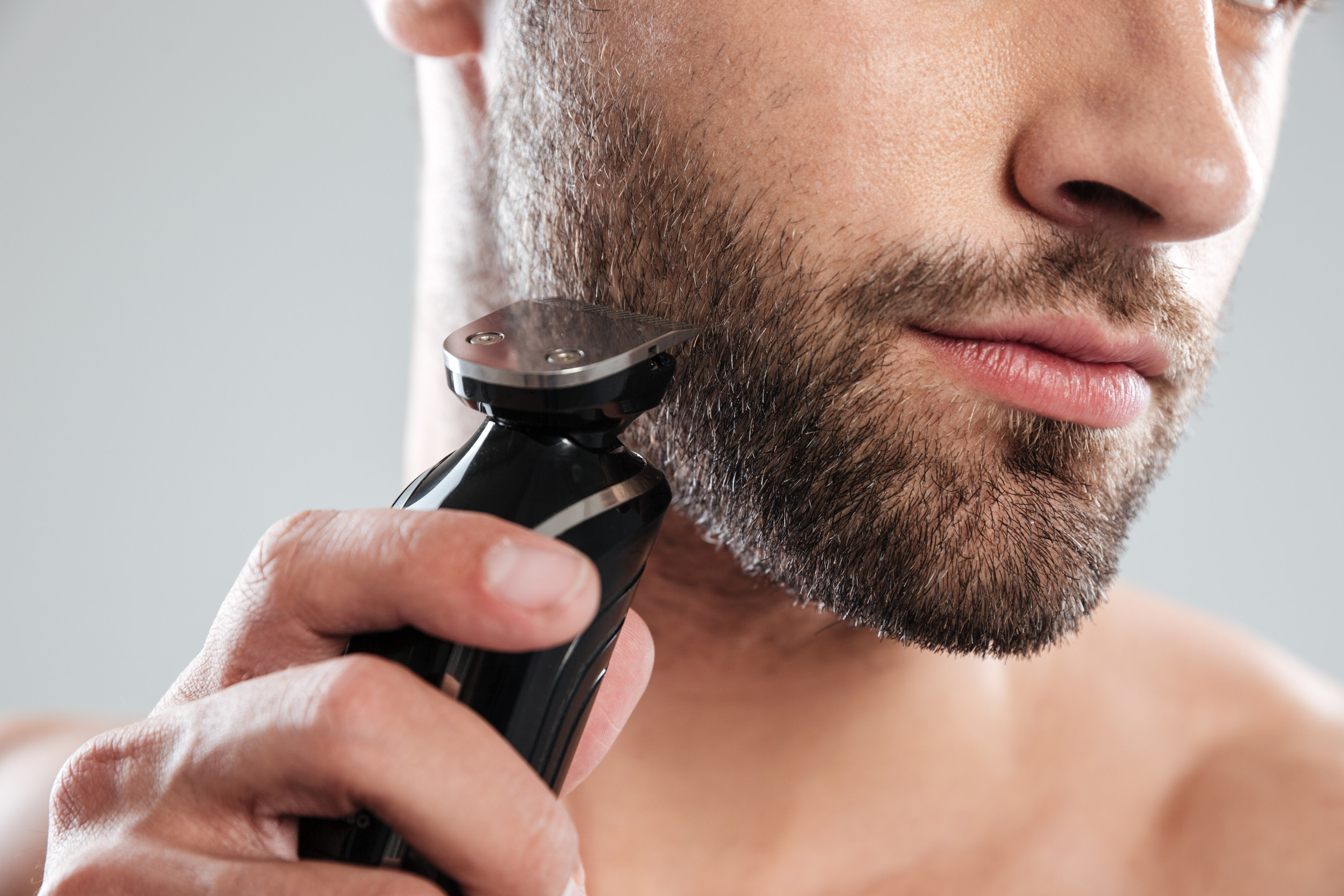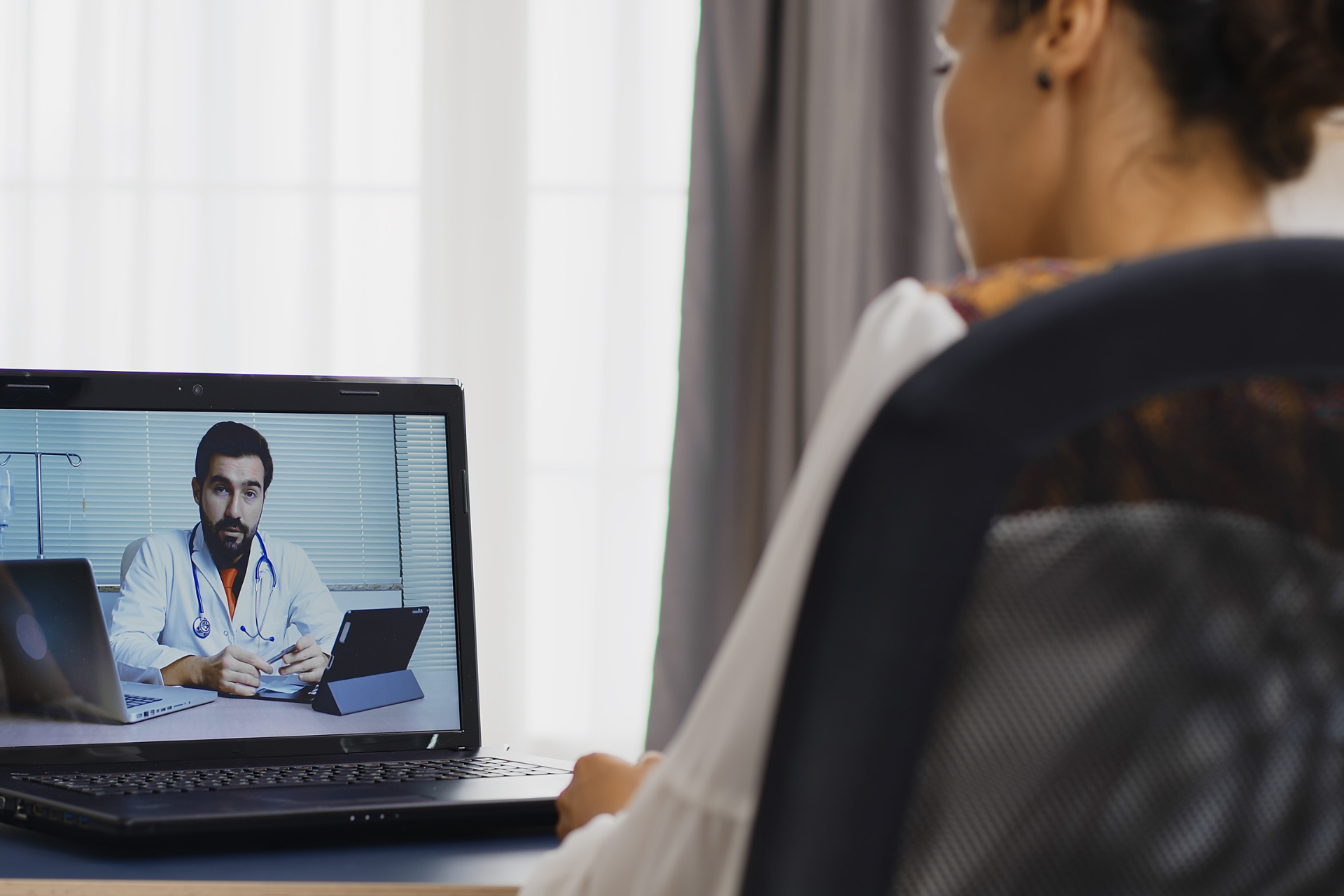When it comes to elevating intimacy and enhancing pleasure, the VibroRing Ultimate Penis Ring is a game-changer. Designed for both performance and stimulation, this premium vibrating ring offers 10 vibration modes, medical-grade silicone, and a 100% waterproof design to maximize your pleasure.
In this guide, we’ll dive deep into what makes VibroRing an essential addition to your bedroom experience, how it works, and why it’s one of the best choices for men looking to boost performance and pleasure.
1. What is the VibroRing?
The VibroRing Ultimate Penis Ring is a high-tech pleasure and performance enhancer that combines constriction with vibration to intensify sensations for both partners. Unlike standard penis rings, the VibroRing offers 10 vibration modes, delivering customized pleasure and extended performance in the bedroom.
With medical-grade silicone and a USB rechargeable design, this premium ring ensures comfort, durability, and convenience for an unmatched experience.
2. Key Features of the VibroRing
10 Powerful Vibration Modes for Maximum Stimulation
The VibroRing offers 10 different vibration settings, allowing you to explore various intensities and patterns for customized pleasure. Whether you prefer a gentle pulse or an intense vibration, there’s a mode for every mood.
Medical-Grade Silicone for Safe and Comfortable Use
Made from hypoallergenic, body-safe silicone, the VibroRing is designed for comfort and durability. The flexible, stretchable material ensures a snug yet comfortable fit without irritation.
100% Waterproof for Shower & Bath Play
Enjoy new levels of pleasure in the shower, bath, or pool with the VibroRing’s fully waterproof design. Its submersion capability makes it perfect for water-based intimacy.
USB Rechargeable with Long Battery Life
Forget about disposable batteries. The VibroRing is USB rechargeable, and a full charge provides up to two hours of continuous vibration. This ensures that it’s always ready when you need it.
Enhances Performance & Erection Strength
The constriction effect of the ring helps maintain a firmer, longer-lasting erection, making it ideal for men looking to enhance their performance.
3. How Does the VibroRing Work?
The VibroRing combines two key mechanisms to elevate your experience:
- Constriction for Longer-Lasting Erections
- When worn around the base of the penis, the ring restricts blood flow, helping maintain a firmer and longer-lasting erection.
- This can also enhance sensitivity and intensify orgasms.
- Vibration for Dual Stimulation
- The built-in vibrator delivers pulsating sensations, stimulating both the wearer and their partner.
- The 10 vibration modes allow for a range of experiences, from gentle teasing to intense stimulation.
4. Benefits of Using the VibroRing
- Enhanced Sexual Performance – Helps maintain a firmer erection for improved endurance.
- Intensified Sensations – Vibration increases stimulation, making intimacy more enjoyable for both partners.
- Boosts Partner Satisfaction – The added stimulation enhances pleasure for your partner as well.
- Waterproof for Versatile Play – Enjoy in the shower, bath, or anywhere wet conditions are preferred.
- Comfortable & Safe – Made from medical-grade silicone, ensuring a non-irritating, body-safe experience.
5. How to Use the VibroRing for Maximum Pleasure
Using the VibroRing is simple and effortless:
- Charge the device using the provided USB cable until fully powered.
- Apply water-based lubricant to ensure a comfortable fit.
- Stretch the silicone ring over the penis and position it at the base.
- Press the power button to turn it on and cycle through the 10 vibration settings.
- Enjoy heightened stimulation and pleasure.
After use, clean the ring thoroughly with warm water and mild soap or a toy cleaner.
6. FAQs About the VibroRing
Is the VibroRing safe to use?
Yes. The VibroRing is made from medical-grade silicone, ensuring a comfortable and body-safe experience.
How long does the battery last?
A full charge provides up to two hours of continuous vibration, making it ideal for extended play.
Is the VibroRing waterproof?
Yes, it is 100% waterproof and can be used in the shower or bath for water-based pleasure.
Can the VibroRing help with premature ejaculation?
Yes, the combination of constriction and vibration can help improve endurance and control, making it beneficial for those looking to last longer.
Where can I purchase the VibroRing?
The authentic VibroRing is available at eDrugstore, ensuring quality, safety, and discreet shipping.
7. Comparing the VibroRing to Other Penis Rings
| Feature | VibroRing | Standard Penis Rings |
|---|---|---|
| Vibration Modes | 10 powerful settings | None or very limited |
| Waterproof | Yes, fully submersible | Some are not waterproof |
| Material | Medical-grade silicone | Varies (rubber, plastic) |
| Rechargeable | Yes, USB rechargeable | Often uses disposable batteries |
| Performance Boost | Yes, enhances erection and sensation | Limited effect |
With its advanced vibration settings, medical-grade silicone, and waterproof design, the VibroRing outperforms standard penis rings in both pleasure and performance.
8. Real Customer Reviews: What Users Are Saying
“The VibroRing is a game-changer. The different vibration settings make every experience feel new and exciting.” – David R.
“Love that it’s waterproof. The shower experience with this ring is next level.” – Jason M.
“Lasts long, charges quickly, and delivers intense pleasure. Highly recommend.” – Mark T.
9. Where to Buy the Authentic VibroRing
To avoid counterfeits and ensure quality, purchase the authentic VibroRing from eDrugstore. Enjoy discreet shipping, competitive pricing, and manufacturer-backed quality assurance.
Order now and enhance your intimate experiences today.
10. Final Thoughts: Is the VibroRing Worth It?
If you’re looking for an effective, high-quality, and pleasure-enhancing penis ring, the VibroRing Ultimate Penis Ring is a must-have. Its powerful vibration settings, body-safe materials, waterproof design, and rechargeable battery make it a superior choice for boosting performance and pleasure.
- Enhance your experience
- Improve endurance and erection quality
- Intensify pleasure for both partners
Ready to experience the difference? Order the VibroRing today from eDrugstore and take your intimate moments to the next level.








